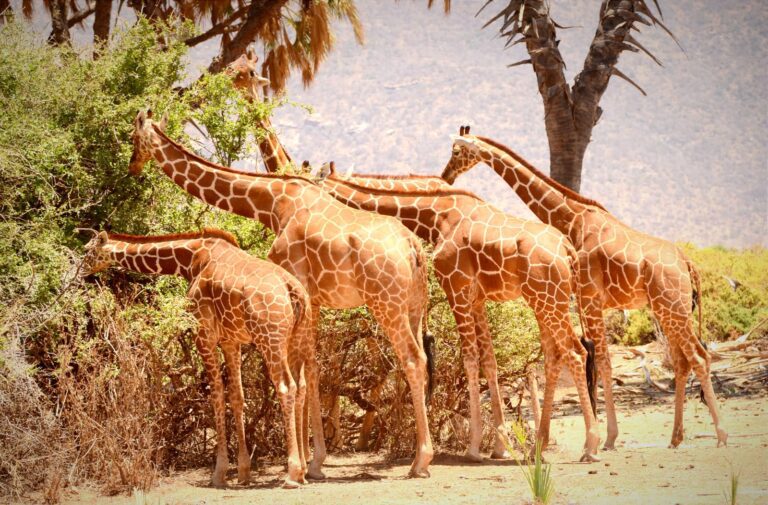
- +254 714 018 914
- info@sunworldsafaris.com
- off Riverside Drive on Riverside Lane
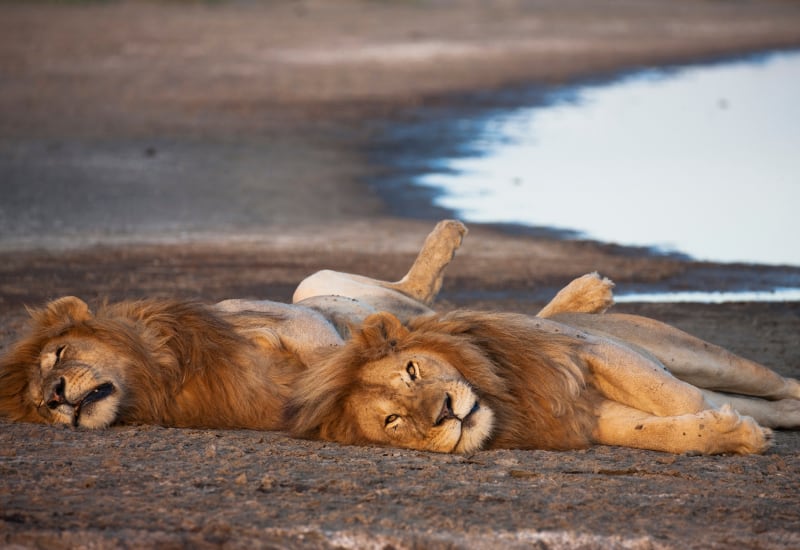
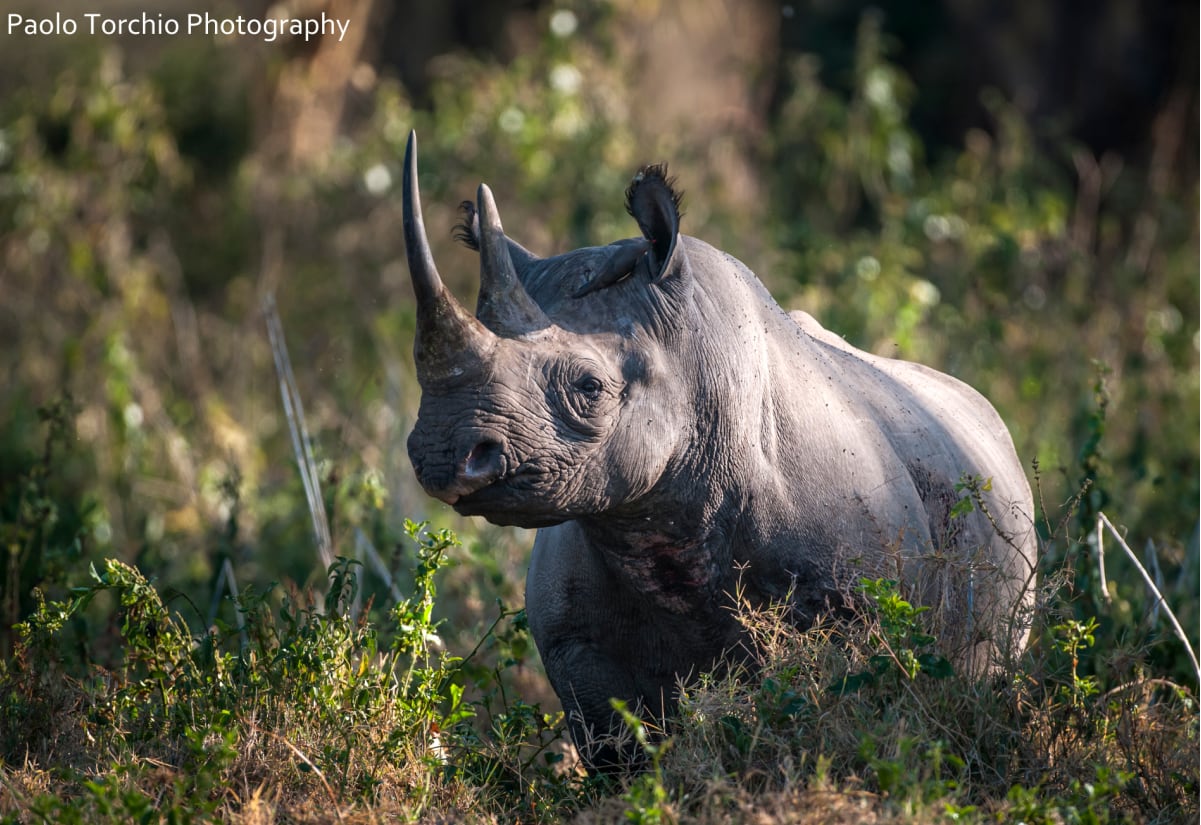
Other Parks include the world famous Amboseli National Park with the snow- capped Mount Kilimanjaro and its large Elephant Herds, Amboseli Lake that has occasional Flamingo and the Maasai Tribe that live in harmony with the wildlife.
For any first time visitor, a wonderful and very different reserve is the semi-arid desert Samburu Game Reserve where Reticulated Giraffe, The Grevy Zebra, Beisa Oryx, Somali Ostrich roam. With Doum Palms and the mighty Ewaso Nyiro River as well as large herds of elephant and buffalo, this is truly an enchanting place for wildlife & Tribes such as the colourful Samburu people.
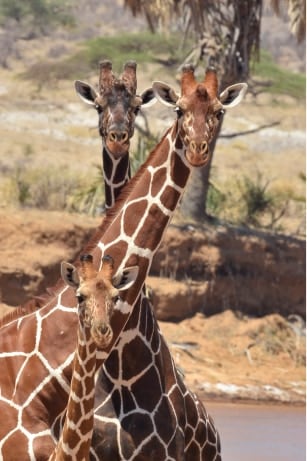
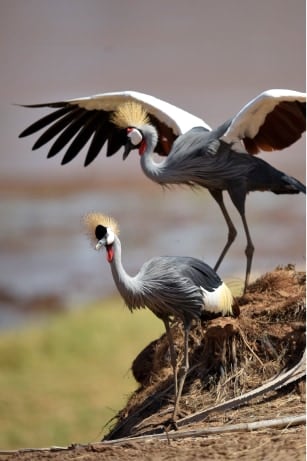
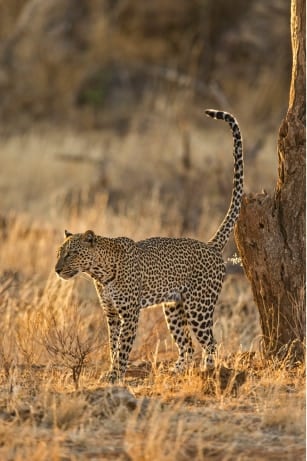
Lake Naivasha boasts one of Kenya’s largest Fresh Water Lakes and a great variety of bird species ! Enjoy a boat ride on the lake to view pods of Hippo and dramatic dives of Kingfisher and Fish Eagle. Naivasha holds Hell’s Gate National Park with its geothermal activity, the Eburro Forest and Mount Longonot which offers a wonderful climb. Horseback riding, Walking or Cycling, Camping & Crater Lake Hikes are lovely additions!
Further South we have Tsavo East and West National Parks, again with stunning scenery and a less dense wildlife population but nevertheless, diverse wildlife and dramatic mountains, rivers and hills.
Kenya is also famous for its white sandy beaches & turquoise Indian Ocean, perfect for all year round beach holidays. Diani, Watamu & Lamu with its coral reefs, the Whale Migration and idyllic coves are popular amongst residents and tourists.
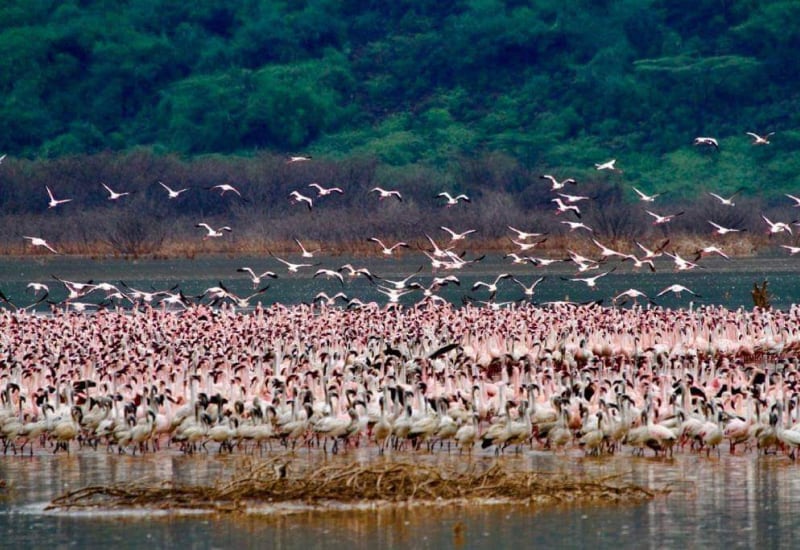
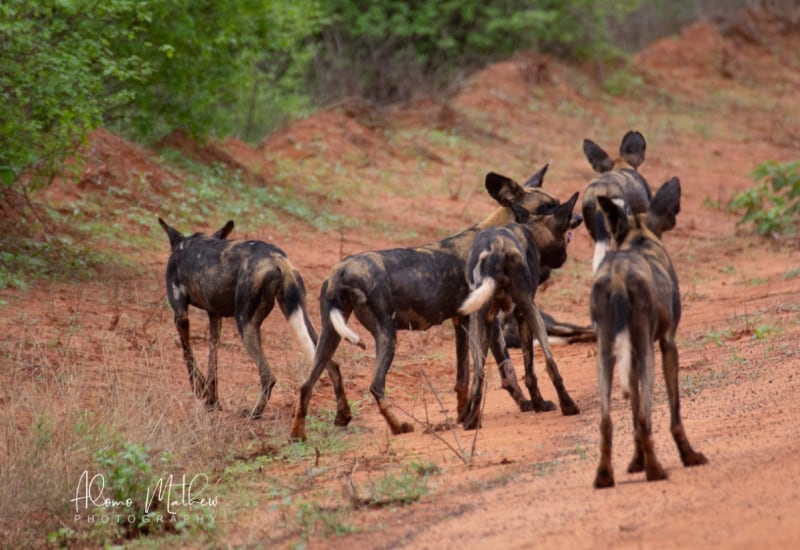
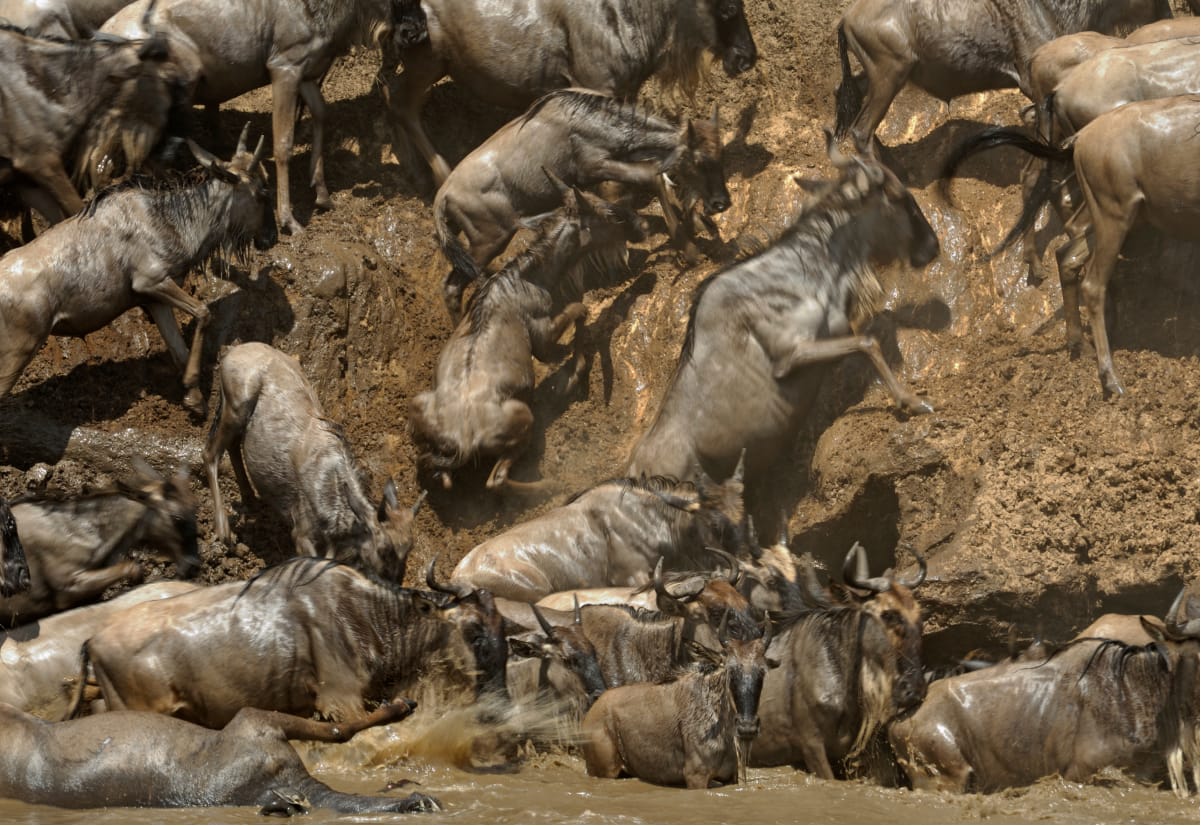
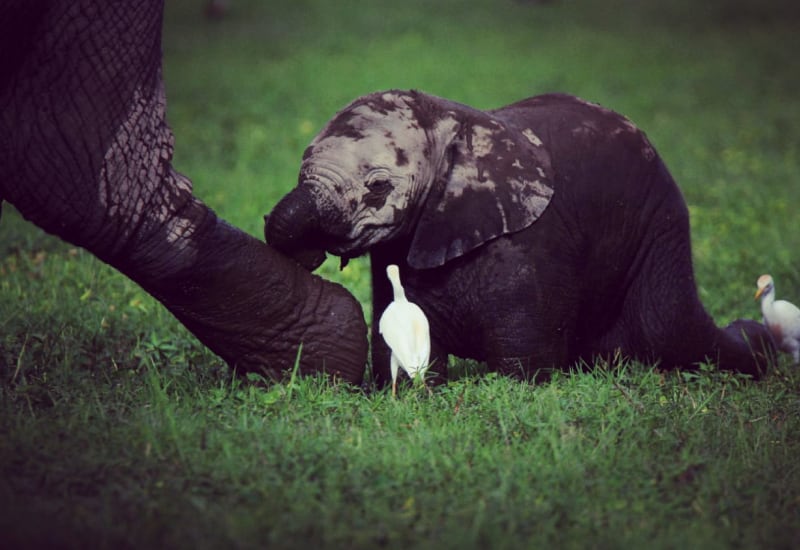
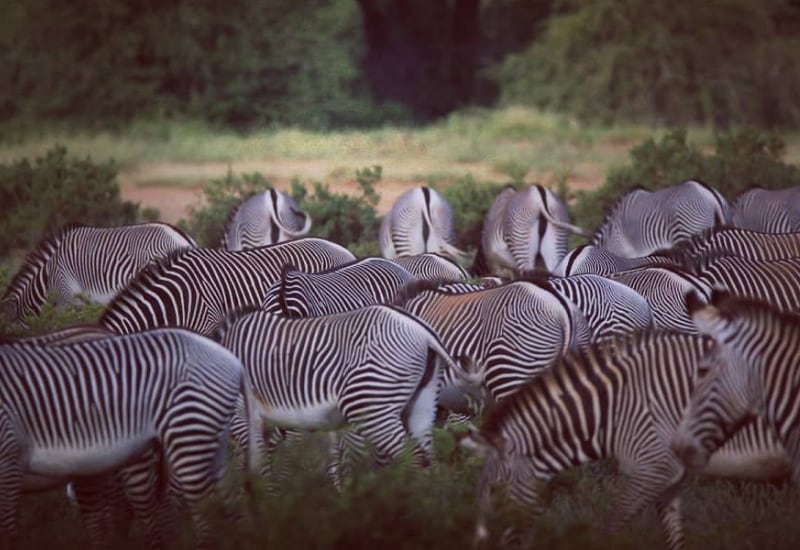
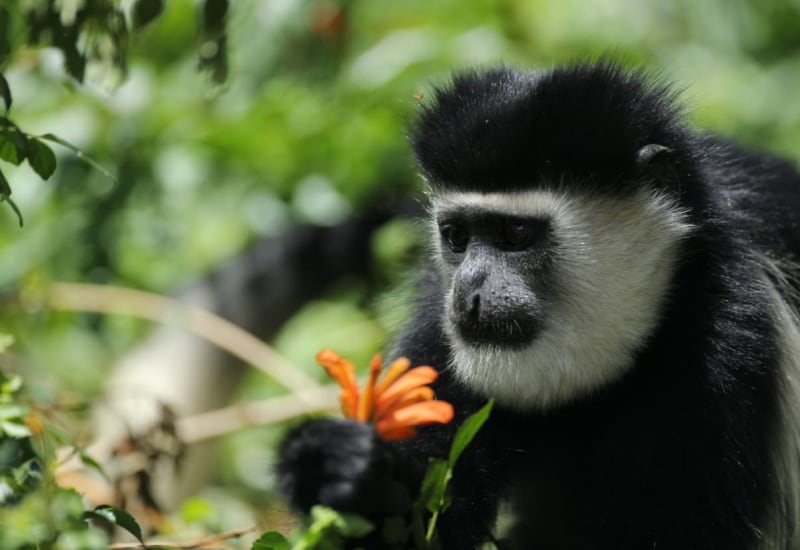
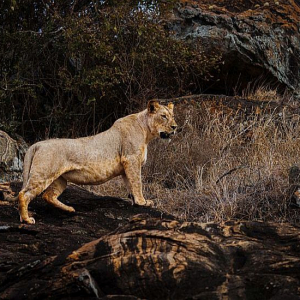
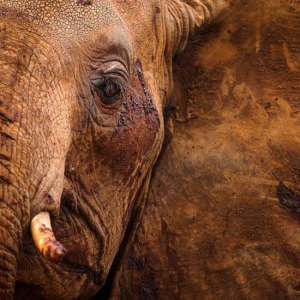
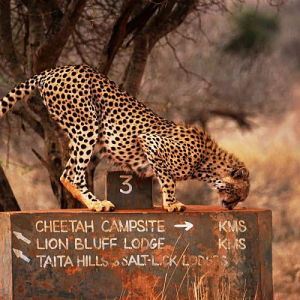
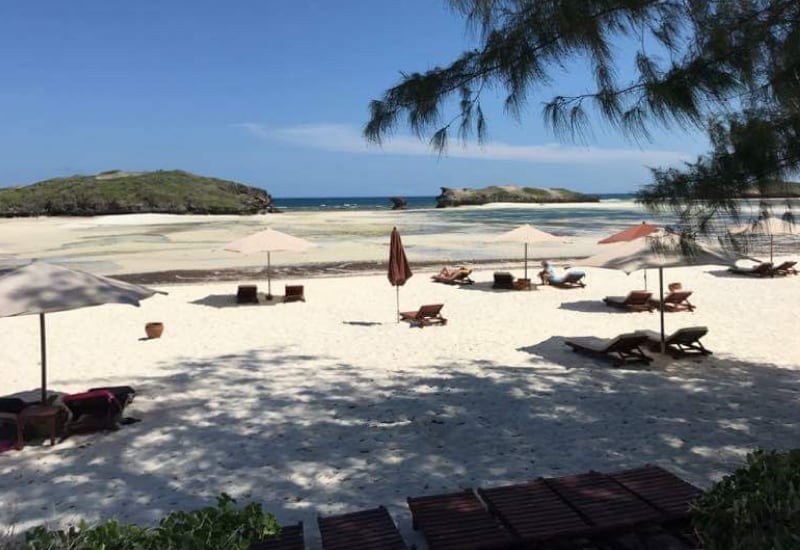
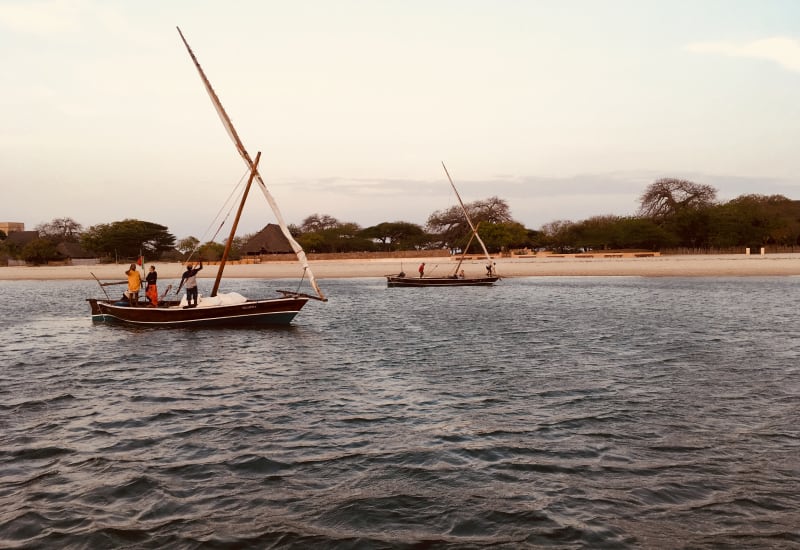
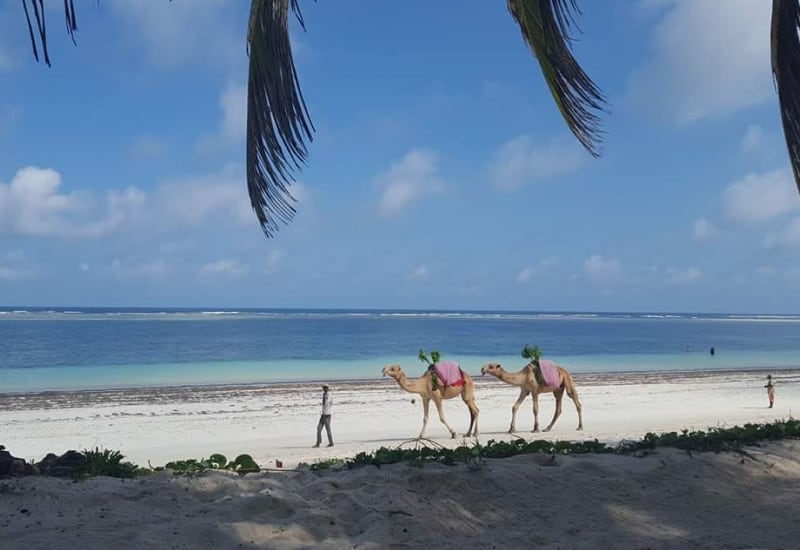
This map indicates the most important / most visited National Parks & Game Reserves as well as Private Conservancies in Kenya ! Locations on this map will give you an idea where to find each.
All of our Parks /Reserves are special, different in landscape and wildlife.
Our beach destinations are unique and each holds special attractions such as Diani, Lamu and Watamu.
All our itineraries feature a Map and the distances from one Park to another.

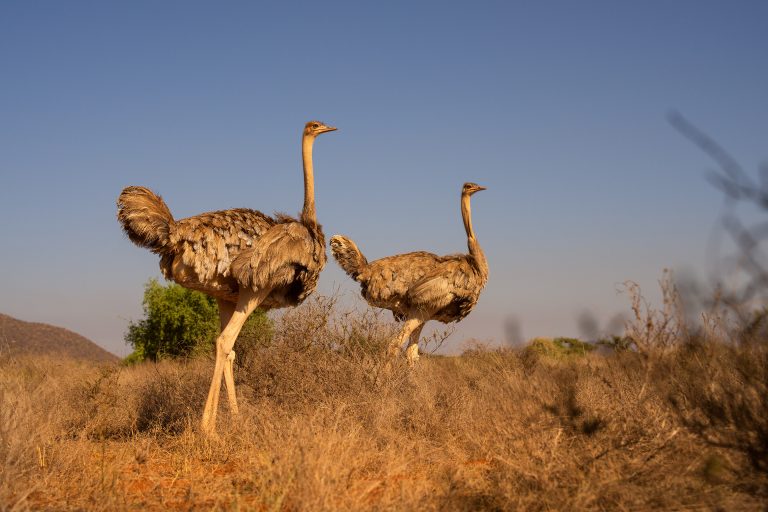
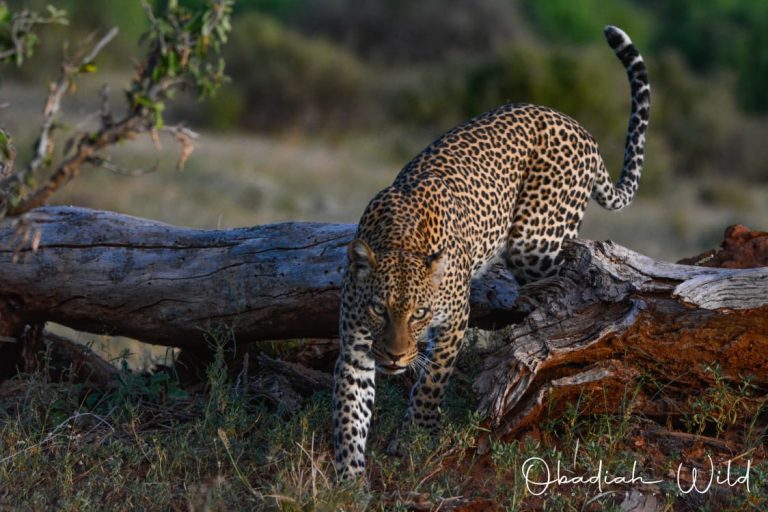
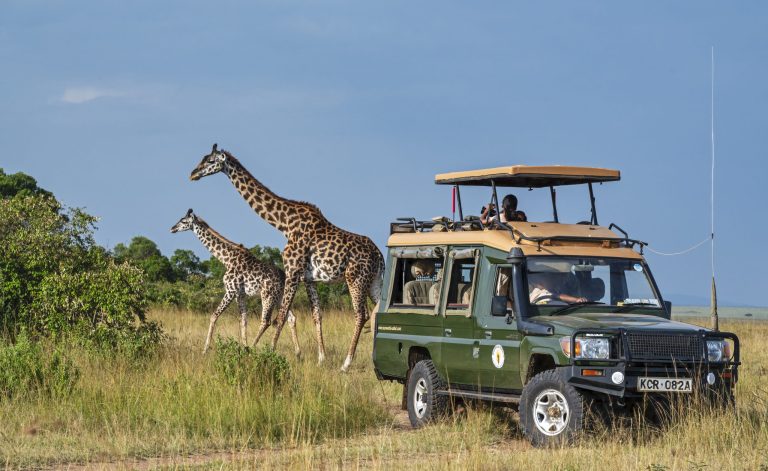
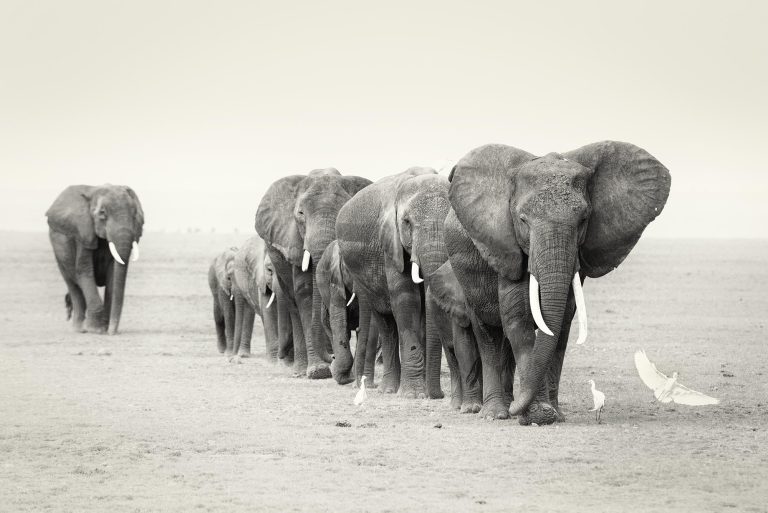
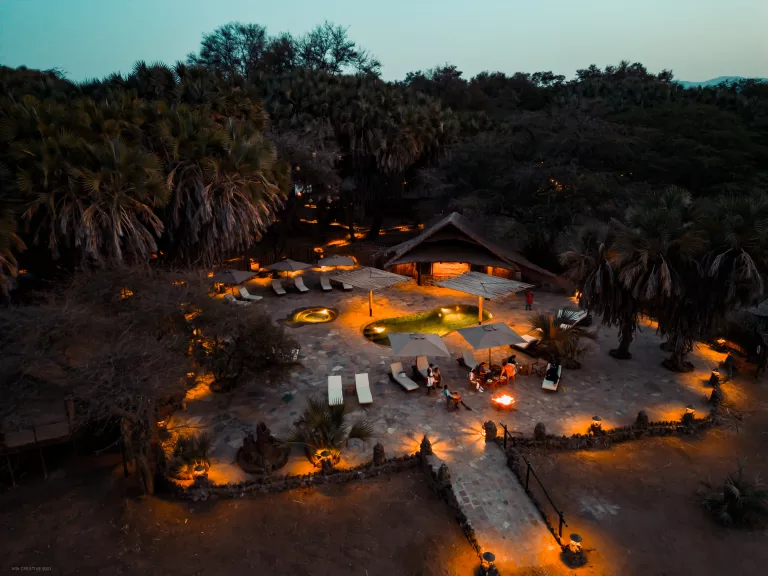
We recommend that you do a trip to the famous Masai Mara Game Reserve ! Minimum stay should be 2 nights and certainly possible ALL YEAR round not just during the Annual Great Migration ! River crossings are fantastic but so is the sheer density of wildlife to be encountered in the Mara. Stay in a gold eco-rated LUXURY TENTED CAMP and experience an authentic Safari Experience under Canvas ! Close to nature and surrounded by wildlife, welcoming staff and excellent home cooked meals await you at MARA BUSH CAMP & PRIVATE WING !
Let us help you Create as Special and Memorable Safari for you and your Partner / Family or Group! We have a team of Destination Experts who will tailor make your personal itinerary, outline the cost of your trip and handle all your ground arrangements in Kenya in the most professional manner. Lean back and let us take care of your hotel bookings, transfer arrangements, transportation by road or air to parks and game reserves, arrange your park fees in advance and offer you the most outstanding Game Drive, Safari excursions and activities you have dreamed of ! Whether you are looking for a Photographic Safari, a honeymoon trip, a Family Safari, Beach Holiday or a Combination Trip to Uganda, Tanzania or Rwanda, we are here for YOU ! No fixed departure dates but all is tailored to your needs, budget and interests !
Travel responsibly and book with us because we CARE about the environment, support local communities and the Kenyan Economy! At Sunworld Safaris, we employ permanent Safari Guides only and recommend accommodation that is classified as Eco Tourism / Travelife rated. Nature and conservation is IMPORTANT to us and we believe in GIVING back to the community through education of our children and by operating in a sustainable manner. “Going Green Together” is our motto and we have been plastic free in our operation since 2018! Download our Environmentally Friendly Practices here.
A Safari is a “journey” and it is best to keep an open mind ! Have no expectations of “specific game sightings” but take in nature and its wonderful wildlife JUST the way it is ! You will be amazed by what you will see and discover ! Birds, insects, mammals, marine life and stunning landscapes, friendly people and different tribes – a unique and memorable experience !
You may not be a first time Kenya visitor and places such as the Mara Game Reserve are no longer NEW to you – you are looking for more exciting and different ventures ! A Tribal / Cultural Safari or a PRIVATE MOBILE CAMPING SAFARI may be what you are looking for ! Lake Turkana, Kenya’s furthest and most Northern Desert Lake beckon and call for an Adventure that is unique in landscape and Culture. Meet Tribes such as the Rendille, Gabra and Turkana in their authentic homes !
A PRIVATE SAFARI is often the BEST way to go ! Usually, more expensive than Group Departures but certainly worth the extra spending ! You will have your own guide & vehicle throughout the trip and experience Kenya by road in your custom safari built 4 wheel drive vehicle ! Guests usually form special bonds with our Safari Guides who are professional, knowledgeable and safe Drivers, taking care of you from the start of your Safari to the last moment of waving good bye at the airport. You may add flights in certain regions to shorten travel timings your Travel Expert will advise you of everything you need to know !
For the FIRST TIME VISITOR, Kenya is definitely the best destination to start with as it offers a range of accommodations to suit all budgets but also exciting game reserves, National Parks and stunning beaches to round off the perfect Safari. However, IF you have traveled throughout Kenya already extensively and have discovered lesser visited places such as Meru National Park, Laikipia, Solio Game Reserve and the Aberdares, Mount Kenya and Lake Baringo / Bogoria, we do recommend an extension Safari into other parts of East Africa ! Great Destinations are Uganda / Rwanda for Gorilla Trekking as well as Tanzania for a different Safari Experience !
Top END LUXURY or HIGH END luxury is certainly a possibility in Kenya and with properties such as Mara Bush Camp Private Wing (clickable), Olonana Luxury Camp, Laragai House, Segera Retreat, Alfajiri, Loisaba and our Elewana Sky Safari, we’d be happy to tailor make the perfect Kenyan Luxury Safari for you !
View and download our General Kenya Information document to help you with any information you need!
Click on the above button for anything that comes to mind on Kenya!
Not sure what to pack for your trip? Click on the above button to view & download our Safari Packing list !